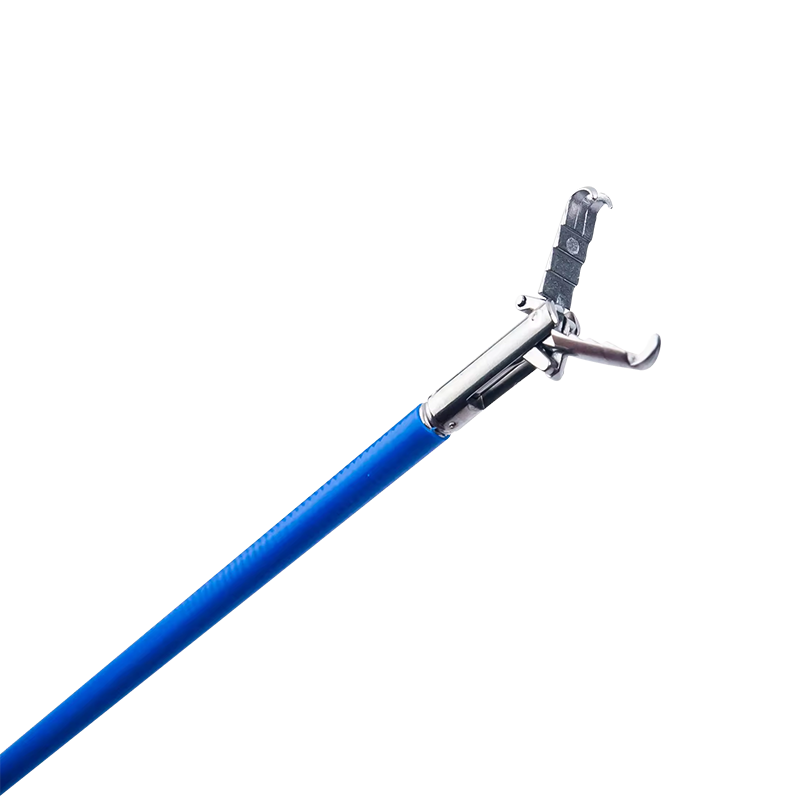The endoscopic trephine is a specialized surgical instrument designed to create controlled, circular incisions in tissue, often with the assistance of an endoscope. Its sharp, rotating blade is ideal for removing tissue in surgeries that require high precision and minimal invasiveness.
Used in various medical fields such as ophthalmology, cranial surgery, and dentistry, the endoscopic trephine offers surgeons a reliable solution for tasks that require exact tissue removal. The endoscope provides visual guidance, ensuring the surgeon can make precise cuts with minimal effort. The versatility and design of the trephine make it an indispensable tool in modern medical practice.
Key Features of the Endoscopic Trephine
The endoscopic trephine is built for both performance and precision. Its key features include:
Rotating Cutter: The blade's rotating mechanism allows for efficient cutting, creating clean, precise incisions with minimal effort.
Compatibility with Endoscopes: The tool is designed to be used with an endoscope, providing real-time visual feedback to the surgeon. This is crucial for ensuring the accuracy of the procedure.
Multiple Size Options: Endoscopic trephines come in a variety of diameters, allowing them to be used for different types of surgeries, from delicate eye procedures to more invasive cranial surgeries.
Ergonomic Design: The handle is designed to provide maximum control and comfort during surgery, allowing for steady movements even during prolonged operations.
These features collectively make the endoscopic trephine an essential instrument in minimally invasive surgery.

Applications in Various Fields
The endoscopic trephine is used in a wide range of medical applications, primarily in ophthalmology, neurosurgery, and dentistry:
Ophthalmology: The trephine is most commonly used in corneal transplants and cataract surgery. It creates precise circular cuts in the cornea, allowing for the easy removal of damaged tissue and facilitating the placement of transplants.
Neurosurgery: In neurosurgery, the endoscopic trephine is used to make small, circular incisions in the skull for procedures such as tumor removal or deep brain stimulation. The tool's ability to make accurate cuts minimizes the risk of damage to surrounding brain tissue.
Dental Surgery: For dental implant procedures, the endoscopic trephine is used to prepare bone tissue for implant placement. It ensures that the tissue is removed with precision, reducing the risk of complications during healing.
Advantages of the Endoscopic Trephine
The endoscopic trephine offers several significant advantages:
Minimally Invasive: It reduces the need for large incisions, leading to quicker healing times and less pain for the patient.
Precise and Accurate: The visual guidance provided by the endoscope ensures that surgeons can make highly accurate incisions.
Reduced Risk of Complications: By minimizing tissue disruption, the endoscopic trephine lowers the likelihood of postoperative complications such as infection or excessive scarring.
Faster Recovery: Patients benefit from shorter recovery times due to the minimally invasive nature of the procedure.

 English
English عربى
عربى Español
Español







